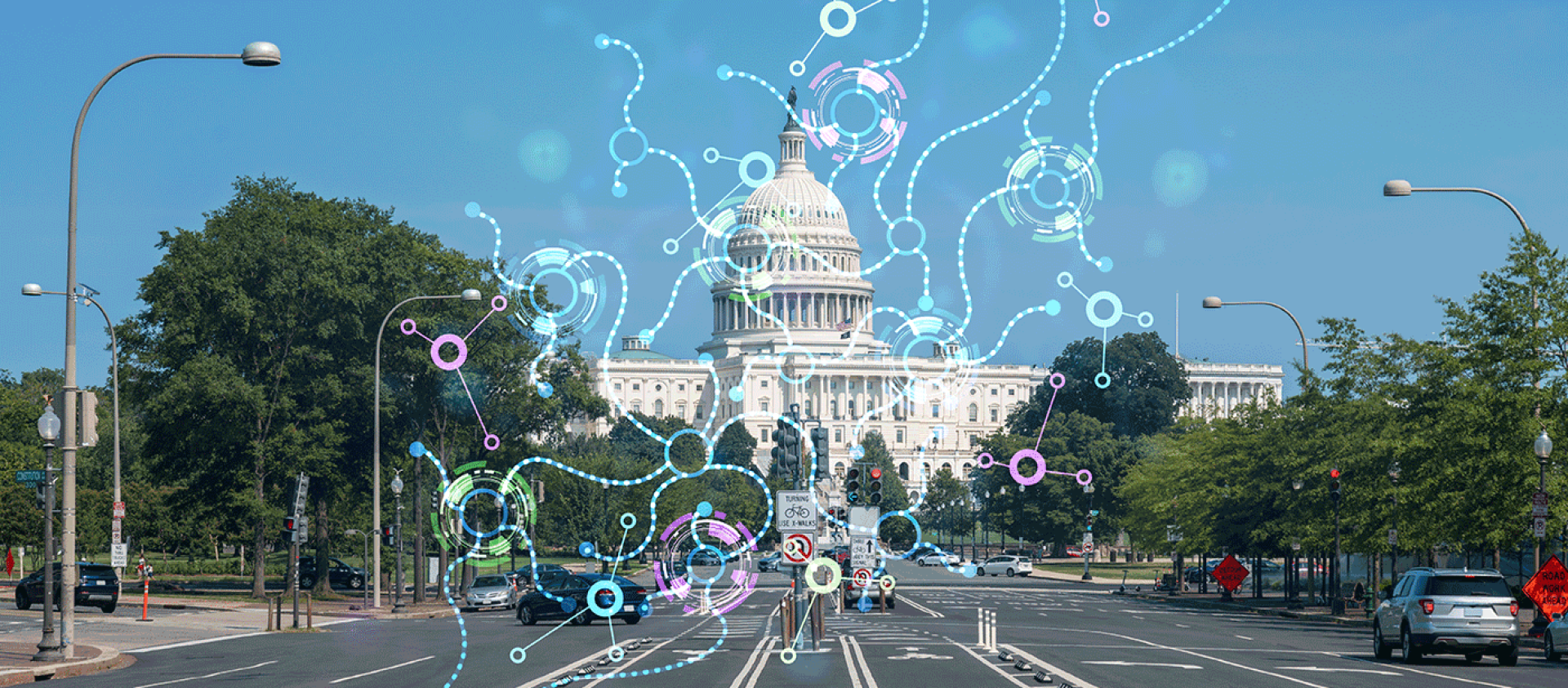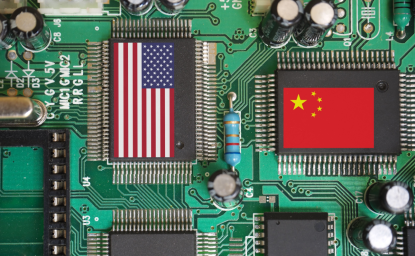Critical Challenge for the US | Protecting Users while Preserving Innovation
Technology is no longer optional. Today’s technological tools and platforms are the environment in which Americans work, learn, shop, access services, and connect with one another. This reliance on technology places significant control over one’s life in the hands of private companies, many of which are making decisions with shareholders or future growth in mind, not the individual consumer, in a wide range of areas: Connectivity itself continues to make or break an individual’s ability to participate in work or education. Social media companies’ decision to rigorously combat misinformation around the 2022 elections reduced the ability of outside actors to influence American voters, while conversely, Twitter’s decision to reduce content moderation has still unknown effects, with supporters applauding the individual’s ability to speak their minds, and detractors concerned about the growth of extremism and misinformation. Software and hardware companies alike make—or fail to make—security decisions every day that expose consumers to cyber threats to their data, their identities, and even their homes. Artificial intelligence and machine learning, often thought by laymen to be future technology, are not only here, but are already being heavily used in ways that directly affect a person’s healthcare, finances, and beyond. Finally, for many companies, consumer data isn’t something to be protected, it’s something to be harvested, and exploited.
We must recognize that the individual often does not have the option of opting out of these companies’ control of their lives without essentially opting out of modern society. We must craft intelligent regulation that will protect the individual—but it must be done in a way that does not hamstring companies’ ability to build new tools, and grow the technological prowess that distinguishes America. Regulation that chokes the life out of innovation by requiring onerous compliance to carry out business or drive growth in new areas, will drive creators and thinkers to other shores, and remove one of the largest components of our economic power and unique global advantage. In order to strike a careful balance between protecting users and preserving the ability to innovate, we must listen to opinions from within industry, the public, and researchers with a clear-eyed and unbiased view of the situation.

3 Things to Watch
Scientific Innovation as Competition
Issues like vaccine diplomacy, the new space race, and the cybersecurity battlefield play a significant role in guiding geopolitical headwinds, demonstrating the need for science and innovation as tools for both competition and diplomacy. Innovation is used to target or goad other countries through actions such as cyber warfare, or building a new semiconductor facility. Sometimes innovation is used to foster new relationships with other countries through things like vaccine distribution and clean energy investments. Whether for diplomacy or competition, strategic innovation in 2023 will provide insights on how countries are positioning themselves in a remarkably tense time for international relations.

The Growing Artificial Intelligence Industry
There may be a watershed moment for Artificial Intelligence (AI) in the next Congress, as AI technology advances at a staggering pace. The gap between major developments has shrunk from years to months, especially in large text- and image-generating models such as GPT-3 or Stable Diffusion, and the average person can now easily use tools built on these sophisticated core technologies.
AI policy is ramping up in tandem. The newly-enacted Chips and Science Act will drive billions of dollars into collaborations around AI, and other emerging technologies. If fully funded, it will transform how the US invests in research, innovation, and workforce development. Other federal efforts, such as the AI Bill of Rights, are at inflection points—prepare for a major effort to build out the AI sector, and potential new regulations that shape industry action.

Evolving Cybersecurity Threats
New cybersecurity challenges from old foes will build on familiar attack vectors:
Russia's cyber forces were as surprised by Putin's decision to invade Ukraine as its ground forces were, and the most effective cyber strikes take a year or more to organize. Expect to see those forces reenter operations, especially in Poland and Romania where the US is organizing the effort to arm Ukraine's government, and watch for Russian state-sponsored ransomware to retaliate for American sanctions since the invasion of Ukraine.
In the 2022 US midterm elections, China began to edge into influence operations. But it seemed more like testing the waters than a serious effort; with the 2024 presidential election, that may well change.
Contributors



White House and National Security Correspondent and Senior Writer, The New York Times.


Science and Technology Innovation Program
The Science and Technology Innovation Program (STIP) serves as the bridge between technologists, policymakers, industry, and global stakeholders. Read more

Explore More
Browse Insights & Analysis
360° View of How Southeast Asia Can Attract More FDI in Chips and AI





